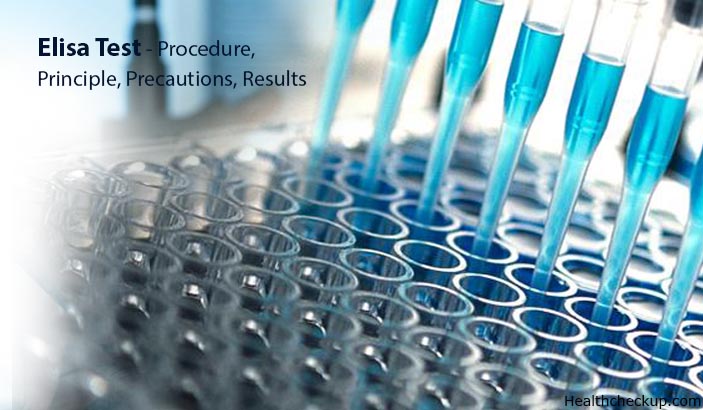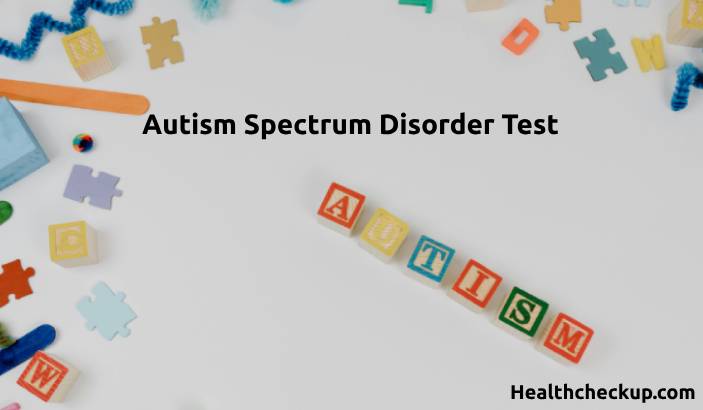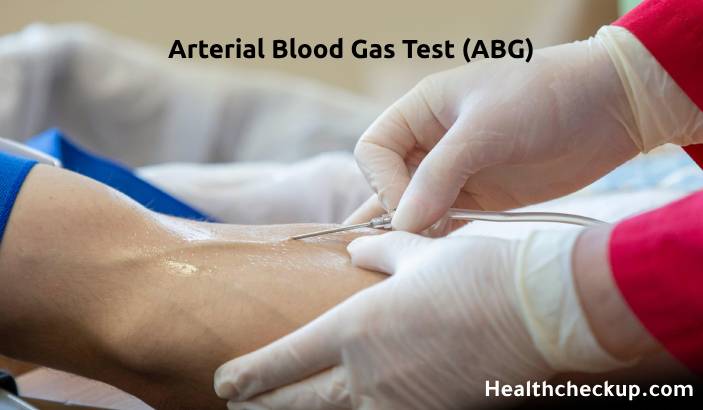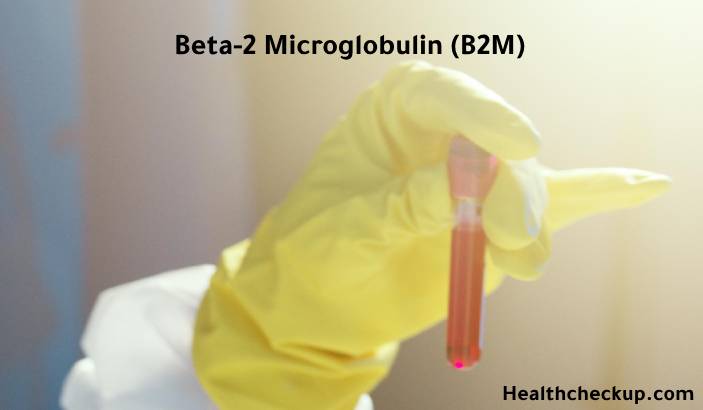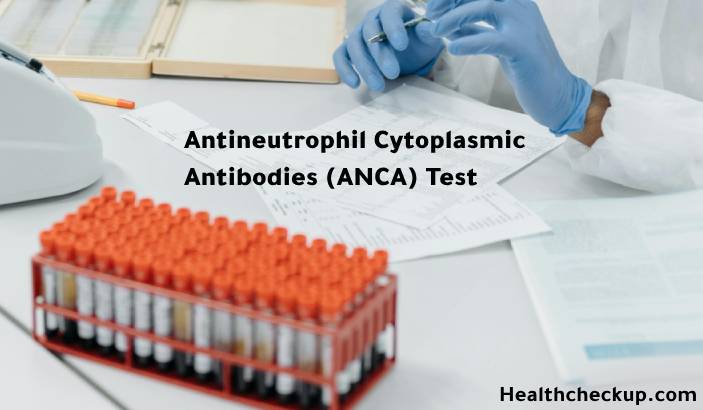What is ELISA?
ELISA stands for Enzyme Linked Immunosorbent Assay. This is derived from radioimmunoassay, a technique which is capable of detecting biological molecules such as peptides, hormones, and proteins. It is a widely used diagnostic tool in clinical practice which incorporates the use of antibodies and an enzyme-mediated color change which is capable of detecting antigens or antibodies present in a given sample.
ELISA is also frequently used as a screening test for illnesses like HIV, Lyme’s disease, syphilis, toxoplasmosis, and varicella zoster virus. It is a commonly used test to detect the presence of HIV infection. ELISA test can be of four types – direct, indirect, sandwich and competitive.
Principle of ELISA Test
ELISA test uses enzyme linked antibodies and antigens to detect biological molecules such as hormones, peptides, and proteins.
The ELISA test is based on the principle of specific antibodies binding to target antigens. The detection system used on a 96-well polystyrene test plate indicates the presence of bound antigens. This principle allows detection of even the minutest quantity of antigen in a given fluid sample.
Rapid diagnostic tests on the other hand work on the principle of lateral flow cytometry immunoassay. It is also known as immune-chromatography assay or test strip.
ELISA Test Preparation
The ELISA test requires the collection of blood sample. It is a fairly harmless procedure and does not require fasting or discontinuation of any medications before reporting for the test. Persons who have a fear of pins and needles or feel slightly unwell from the sight of blood may experience transient dizziness or discomfort.
ELISA Test Procedure
- ELISA test requires a blood sample and therefore the procedure will begin with the nurse cleaning the site from where blood has to be collected (usually forearm) by using a sterile needle (unpacked in your presence).
- A tourniquet will be tied above the site from where blood has to be collected to make the veins more prominent. This step will not be required if the rapid diagnostic test is to be done.
- To carry out a rapid diagnostic test, the nurse will collect a drop of a blood sample by pricking on your index finger.
- After collecting the blood sample, the nurse will place a swab over the site which is pricked. You need to apply pressure over that site for a few minutes to stop blood from oozing out.
- The blood sample which is collected is sent to the laboratory for processing and interpretation. ELISA is generally performed in a 96-well microtiter plate.
The Actual Test Procedure Which is Followed in ELISA is as Follows
- Antigens are coated onto the ELISA plate.
- Serum or sample which contains primary antibodies is added to the plate.
- Non-antigen binding antibodies are washed off the plate.
- Secondary antibodies combined with the enzyme are added to the plate.
- Excess secondary antibodies are washed off the plate.
- Substrate for the enzyme (chromogen) is added.
- Enzyme reacts with the substrate and produces color. The intensity of color correlates with the level of antigens present in a given sample.
ELISA Test Results and Interpretation:
ELISA test can be presented in the following 3 ways
➢ Quantitative – Data is interpreted in comparison to a standard curve. This method allows the concentration of antigens in different samples to be determined separately and precisely.
➢ Qualitative – The data is expressed in the form of “Yes” or “No” which either confirms or denies the presence of a particular antigen in a given sample.
➢ Semi Quantitative – The data can be used to compare the relative level of antigens in a given blood sample.
ELISA test results are usually expressed in the form of a graph of optical density versus log concentration which produces a sigmoid curve.
How Long Does ELISA Test Take?
- Collecting blood is a relatively simple procedure and won’t take longer than 5-10 minutes.
- Rapid diagnostic tests yield results within 10-30 minutes.
- If blood is collected in a syringe and sent to the laboratory for ELISA, results can take few hours or even a complete day.
[Read – HIV Diagnostic Tests]
Rapid Diagnostic Tests for HIV
- Although ELISA is the most accurate test to detect HIV, yet, quick results are need of the hour for early identification of patients requiring anti-retroviral therapy.
- Rapid diagnostic tests have an advantage over ELISA as these can be used in smaller laboratories where ELISA kits are not available; also, they are cost-effective and provide quick and qualitative results which are easier to interpret.
- When a patient suspected to be HIV positive is supposed to undergo ELISA, it is important to note that a window of at least 4-6 weeks is to be observed between the test date and the date of exposure HIV positive individual which includes blood transfusion, coming in contact with body fluids of an HIV positive individual or having sexual contact with an HIV positive person.
- A small percentage of people may take up to 3 months to develop antibodies against HIV. It is therefore important to repeat the test after 3 months from the date of exposures.
- Once a rapid diagnostic test gives a positive result, it needs to be followed by a Western Blot test which is the most accurate test to diagnose HIV infection.
Interpreting the Rapid Diagnostic Test Kit
- Interpretation of RDTs is much simpler as compared to ELISA since the entire test procedure and the result is conveniently carried out on a single test strip.
- The test strip contains a small well (sample pad)at the beginning where blood is to be added, a reading zone in the middle which has a test line (marked with “T”) and a control line (marked with “C”) and an absorbent at the other end.
- If the given sample of blood is positive for a specific infection, both test and control lines will become prominent (reddish-purple color).
- If the blood sample is negative for a specific infection, only control line will appear on the test strip.
- It is important to understand that a positive rapid diagnostic test has to be followed by a Western Blot test to confirm the diagnosis of HIV.
- There is a potential risk of getting false-positive or false-negative results and due to this reason, ELISA has a higher value over RDTs.
Dr. Himanshi is a Homoeopathic consultant and currently working as a lecturer in Post-graduate faculty of Homeopathy, Parul University, Vadodara. Completed BHMS and MD in Homeopathy in January 2018 and also has a clinical experience of about 6 years. Personal interests include reading, spending time with family and traveling.


